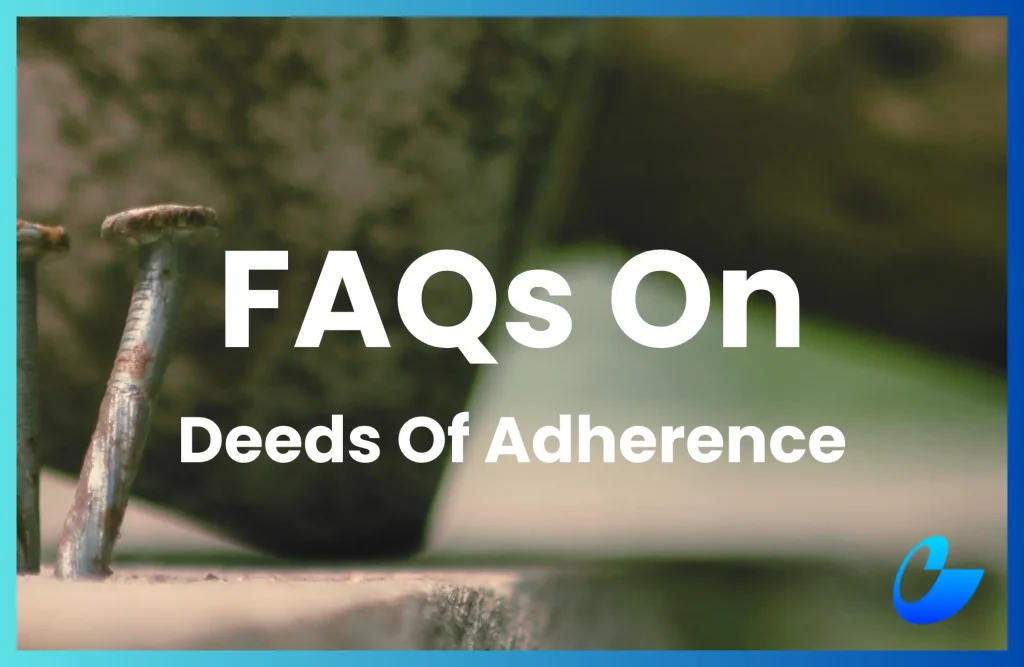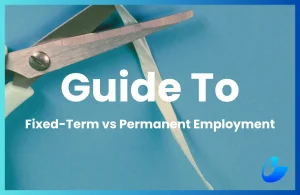A Deed of Adherence (DOA) is often the simplest way to bind a party to existing terms in another document, and in Malaysia, most often used when:
- a company with a Shareholders’ Agreement (SHA) brings in a new shareholder
- a partnership with a Partnership Agreement admits a new partner
That said, a DOA isn’t always used, and even when it is, not every term of the original agreement should automatically carry over.
Below, we answer key questions on DOAs to help businesses best utilise them.
Let’s begin.
1. What is a DOA and how does it work?
A DOA is a simple legal document that essentially says:
“I’m a new shareholder , and I agree to be bound by the same rules everyone else agreed to.”
It allows new shareholders to join and be legally bound by an existing SHA, without needing to renegotiate or amend the whole agreement.
2. Is a Deed of Ratification and Accession also a DOA?
They are often used interchangeably, and some say both are the same, but ultimately what’s important is the substance rather than the title of the document.
3. What if I don’t have a Shareholders’ Agreement?
A Deed of Adherence only works if there’s something to adhere to, typically either an SHA or Partnership Agreement.
If your company doesn’t have one yet, this is a perfect opportunity to put the right structure in place by formalising the SHA and close that legal gap!
4. When do you need a DOA?
Three common scenarios when a DOA is used:
- Third-party share sale: An existing shareholder is selling their shares to someone outside the company.
- Capital raising: New shares are issued to attract venture capital, angel investors, or even a family member.
- Equity incentive: The company has employment option share schemes.
5. Can I sign a new SHA instead?
Yes, but this is usually when:
- the existing SHA no longer fits the company’s needs, or
- an investor with strong leverage wants to negotiate terms
In these cases, you will likely need to sign a new SHA with all parties to close the deal.
However, for share transfers on a smaller scale or where the SHA still reflects the company’s current structure and terms, it is faster and more cost-efficient to keep the existing SHA and use a DOA to bring the new shareholder in.
6. Where do you get a DOA?
A DOA is usually included as an appendix in the SHA.
Most SHAs also include a clause saying no new shareholder is recognised or registered unless they sign it. This keeps things simple as terms are pre-approved, and you save the need to draft a new document each time.
If your SHA doesn’t have a DOA template, you can still prepare one separately.
7. What is inside a DOA?
A standard Deed of Adherence is short and usually includes the following elements:
- Reference to the existing shareholders’ agreement: Identifies the agreement being joined, including its date and the company information.
- Details of the new shareholder: Name, identification number, contact, address, email address.
- Confirmation by the new shareholder: a statement that the new shareholder has reviewed the agreement and agree to be bound by its terms.
- Effective date: The date when the DOA comes into effect, typically aligned with the share transfer or allotment, and the registration of the shareholder with the company registrar (SSM).
- Acceptance of rights and obligations: A simple clause stating the new shareholder accepts all existing rights and duties under the agreement.
- Signature block: The DOA will usually be signed by the new shareholder only.
A DOA may include additional clauses, especially in complex deals (see question below), but for most SME and startup contexts, this is the typical structure.
8. Can a DOA exclude SHA clauses?
Yes. With the right drafting, certain clauses can be carved out or limited when a new shareholder joins.
For example, some founder-friendly SHAs give special rights (like enhanced voting or veto powers) only to named founders.
In that case, it would be prudent to exclude those rights from applying to new shareholders who sign a DOA for clarity purposes.
You can also exclude personal obligations that were clearly intended to apply only to the original parties, but not obligations that apply equally to all shareholders without obtaining all their consent.
9. Is a DOA only used for SHAs?
No, it can be used in partnership agreements whether for Limited Liability Partnerships (LLPs) or conventional partnerships.
In partnership agreements, a DOA is usually required when:
- a new partner is admitted;
- the existing partnership agreement states incoming partners must sign a DOA before enjoying full rights or participating in decision-making
This ensures continuity and avoids reopening the entire partnership agreement each time a partner joins, similar to that for shareholders.
Let ELP draft a watertight Deed of Adherence for you
If your company is issuing shares, onboarding investors, or formalising founder arrangements, this is the right time to put a solid shareholders’ agreement in place, and we’re ready to help you move forward with clarity and confidence.










